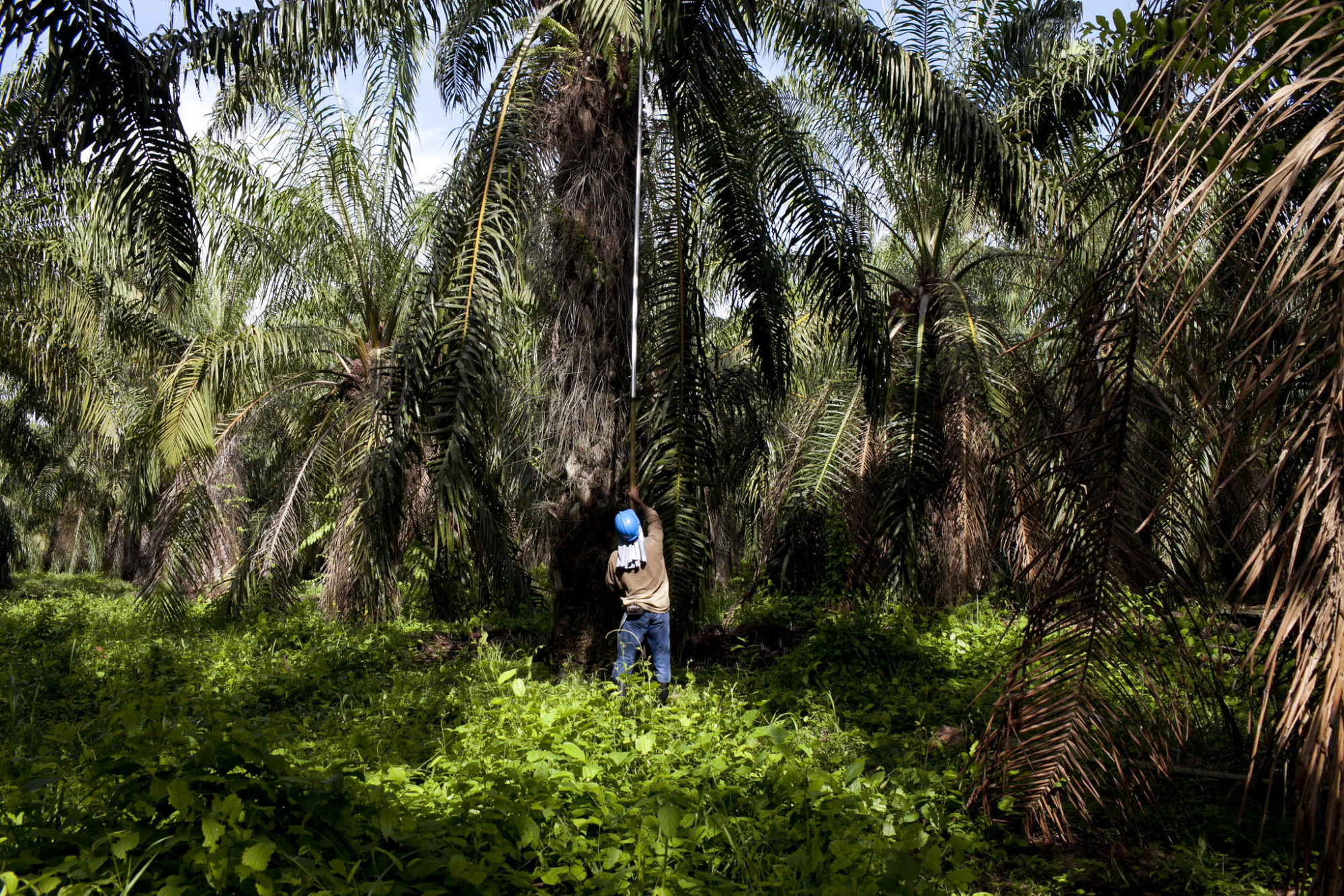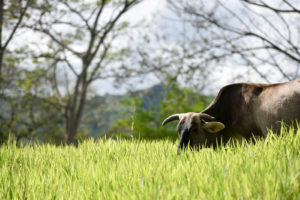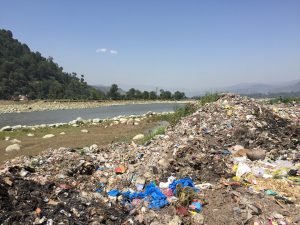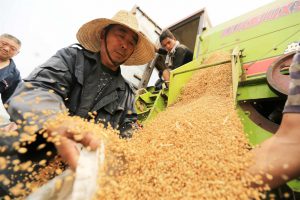Could the world have a large new source of sustainable palm oil? Yes and no, according to a study that says planting the controversial crop on pasture land is the way to go.
Many plantations are grown on land that previously held dense tropical forests. That’s bad for limiting climate change, because it releases carbon stocks from the trees and soils. It also threatens orangutans and other forest species. As a result, the oil, which is used in everything from food to fuels, has a bad environmental reputation.
But not so in Colombia. Starting in the 1940s, the Latin American country has grown oil palm trees on grassland formerly used to raise cattle. And, perhaps not surprisingly, this reduces its carbon footprint.
“This is former agricultural land that involves no direct deforestation,” says Juan Carlos Quezada, an ecologist at the Swiss Federal Institute of Technology in Lausanne, who led the study. “It’s an opportunity for the Colombian oil palm sector to differentiate itself from oil associated with deforestation. It’s not fair to put all sources of into the same bucket.”
Did you know...?
The average life cycle of a palm oil tree is between 25 and 30 years.
Quezada’s team looked at six plots of land where palms had grown for decades in Los Llanos – a huge tropical grasslands stretching into Venezuela. Palm oil trees typically live for 25-30 years before farmers replace them. After digging down 50cm, researchers analysed the historical carbon content of the soil. They found the first batch of trees to have stripped large amounts of carbon (about 40%) from the soil. But this was then replenished as the dead trees’ trunks, branches, leaves and roots decomposed, and the carbon sunk back into the soil.
The conversion of pastures to oil palm can be an opportunity to preserve and even increase carbon sequestration in the tropics
At the same time, the palm trees, with their bigger biomass, fixed five times more carbon than the pasture land had. Together these factors meant that over the long term the carbon stored in the ecosystem was pretty much identical to before any oil palm had been introduced.
The study, published in the journal Science Advances, argues: “The conversion of pastures to oil palm can be an opportunity to preserve and even increase carbon sequestration in the tropics and reduce the large carbon footprint of oil palm development on forested land.”
The study is the first to look at oil palm’s impact over two plantation cycles, about 50 years, Quezada says. It confirms that Colombia’s palm oil is much less environmentally damaging than that from plantations in Southeast Asia, he adds. On the Indonesian island of Sumatra, clearing rainforests to grow oil palms has been calculated to release 174 tonnes of carbon per hectare.
Alexandre Buttler, another researcher at the Swiss Federal Institute who worked on the project, suggests the Colombian strategy could be copied elsewhere. The main producing countries have largely abandoned pastures that could be converted, he says.

But the situation is not as simple as it might sound, says Rory Padfield, an oil palm expert at the University of Leeds, UK: “Looking at the political economy of palm oil, it just doesn’t work like that. There is a whole series of other questions that need to be considered.” One is land governance. The ownership of much land across the tropics is disputed. Even the so-called green Colombian plantations have been linked to the displacement of rural people by big agribusiness firms in the wake of the nation’s decades-long conflict between guerrillas and the government.
There is plenty of degraded agricultural land in the world’s biggest palm oil producer, Indonesia, Padfield says. But it’s naïve to expect that developers would turn down the opportunity to fell and sell trees, before then exploiting the freshly cleared land for oil palm. In Malaysia – the world’s second-largest producer – there is little available pasture to use, he adds.
As a global commodity, trade and production in palm oil is volatile and driven by more than environmental concerns. India recently started to import Malaysian product again, after a month-long boycott following comments made by the Malaysian prime minister about Kashmir. Indonesia has responded to efforts by the European Union to phase out palm oil in vehicle biodiesel with a plan to increase use in its own domestic transport fuel supplies. Meanwhile China has ramped up imports in recent months after banning supplies of soy from the United States.
This article was originally published by China Dialogue









